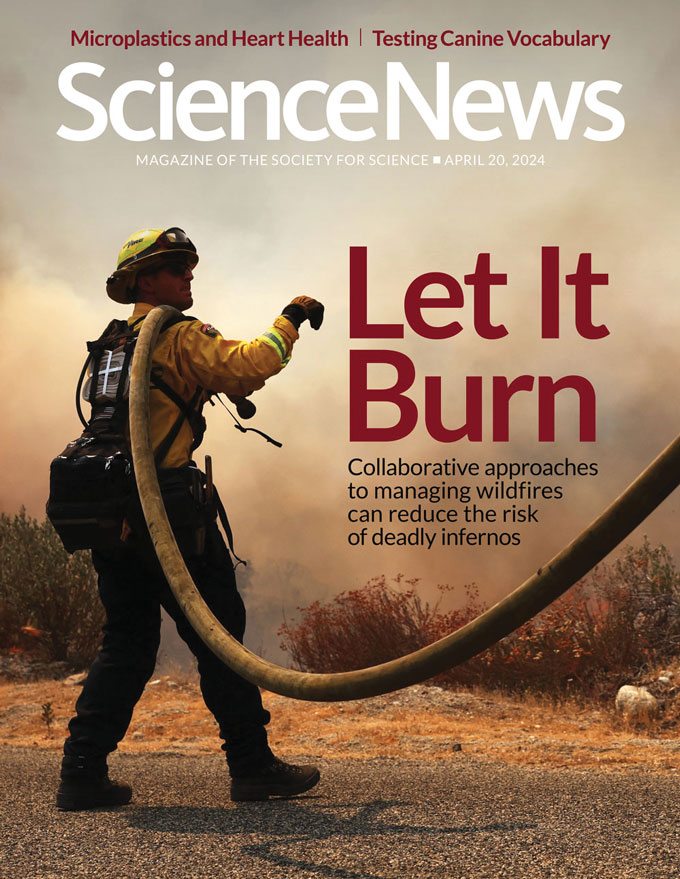In a recent article, scientists have managed to recreate the visual distortions experienced by individuals with prosopometamorphopsia (PMO) when looking at faces, linking this disorder to similar regions in the brain that are associated with facial blindness. The research on facial blindness may help shed light on PMO as well, as both disorders seem to involve the right occipital lobe and the fusiform face area in the brain. This connection suggests that studying one disorder could potentially help in understanding the other.
Interestingly, individuals with PMO experience distorted perceptions of people’s faces but not necessarily their hair, indicating that the brain may process faces and hair using different mechanisms. Neuropsychologists at Dartmouth College point to previous research on brain damage patients that highlights a distinction in recognizing internal faces versus external facial features. This suggests that the brain processes various aspects of facial recognition differently, resulting in distinct experiences for individuals with PMO.
When it comes to sensory distortions beyond vision, disorders like Alice in Wonderland syndrome can impact how a person senses time or their own body. Additionally, common issues like tinnitus in the ears and psychiatric conditions like schizophrenia can induce auditory hallucinations. These sensory distortions highlight the complexity of the brain’s processing and how various conditions can impact perception and sensory experiences in different ways.
On a lighter note, studies on dogs have shown that they can recognize nouns and mental concepts of everyday objects, suggesting a level of language comprehension and cognitive ability in dogs. Many dog owners shared anecdotes about their pets’ linguistic abilities, emphasizing that dogs can understand and respond to specific words and commands. This research adds to the growing body of evidence supporting the intelligence and communication skills of dogs, further highlighting the unique bond between humans and their canine companions.
In the realm of health concerns, the presence of microplastics in arterial clogs raises concerns about potential risks to cardiovascular health. Studies have shown that patients with microplastics in their arteries have an increased risk of heart attacks, strokes, or death. The source of these microplastics could include environmental plastics or medical equipment made from plastic that shed particles over time. This raises questions about the use of plastic in medical devices and the potential health impacts of microplastic exposure, emphasizing the need for further research and alternative materials in medical applications to minimize risks to patients.















